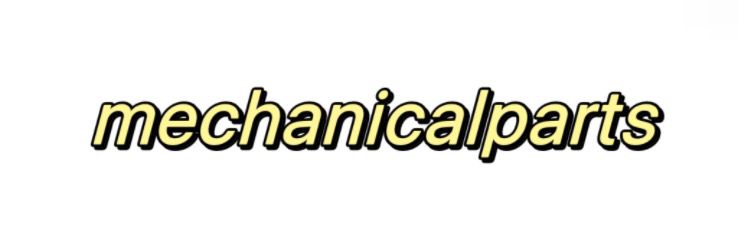Dye Sublimation Lanyard Printing Machine vs. Traditional Method: Key Differences
Dye Sublimation Lanyard Printing Machine vs. Traditional Method: Key Differences
When considering printing methods for lanyards, many people wonder about the advantages and disadvantages of a dye sublimation lanyard printing machine compared to traditional printing methods. Here we address several frequently asked questions about the two methods.
The company is the world’s best dye sublimation lanyard printing machine supplier. We are your one-stop shop for all needs. Our staff are highly-specialized and will help you find the product you need.
1. What is dye sublimation printing?
Dye sublimation printing is a process that uses heat to transfer dye onto materials such as fabric and plastic. This method allows for vibrant, long-lasting colors and is particularly popular for printing on polyester fabrics, which are commonly used in lanyards. The dye actually penetrates the fabric, creating an image that is much more durable than traditional printed methods.
2. How does it differ from traditional printing methods?
Traditional printing methods, like screen printing, apply ink directly onto the surface of the material. While this can work well for simple designs, it often lacks the depth and vibrancy of dye sublimation. In contrast, the dye sublimation lanyard printing machine offers several key differences:
- Color Vibrancy: Dye sublimation produces more vibrant colors and a greater range of tones, as the dye becomes part of the material rather than sitting on top of it.
- Durability: Because the dye is embedded in the fabric, lanyards created using this method are highly resistant to fading, cracking, or peeling, making them suitable for long-term use.
- Design Flexibility: Dye sublimation allows for more intricate designs and full-color images without compromising quality. Traditional methods can struggle with reproduction of detailed images.
- Material Limitations: Traditional printing generally works on a wider variety of materials, while dye sublimation is primarily effective on polyester and polymer-coated substrates.
- Production Speed: Dye sublimation machines can sometimes operate faster when producing bulk items, allowing for quicker turnaround times on larger orders.
3. What are the costs involved in both methods?
The initial investment for a dye sublimation lanyard printing machine can be higher when compared to traditional printing equipment. However, the cost of production per unit is often lower due to the efficiency of the sublimation process. This can make dye sublimation a cost-effective choice in the long run, especially when producing larger quantities. However, consideration must also be given to material costs and whether the design benefits from the enhanced printing offered by dye sublimation.
4. Which method is best for my lanyard project?
The choice between a dye sublimation lanyard printing machine and traditional methods depends on your specific needs. If you require vibrant colors, detailed designs, and durable products, dye sublimation is likely the better choice. However, if you're producing basic designs in bulk and cost is a primary concern, traditional printing might be more suitable. Evaluating factors such as design complexity, budget, and production timelines will help determine the best option.
5. Are there any special considerations for using a dye sublimation lanyard printing machine?
When using a dye sublimation machine, it’s important to use the right type of materials that are compatible with the process. Polyester fabrics generally provide the best results. Additionally, maintaining the printer and keeping it calibrated is critical for consistent quality. Training and familiarity with the printing process can also maximize effectiveness and efficiency.
In conclusion, both dye sublimation lanyard printing machines and traditional methods have their own advantages. Understanding these differences will allow you to make an informed decision based on your specific printing needs.
Want more information on entry level rotary heat press maintenance tips? Feel free to contact us.
If you are interested in sending in a Guest Blogger Submission,welcome to write for us!



Comments
0